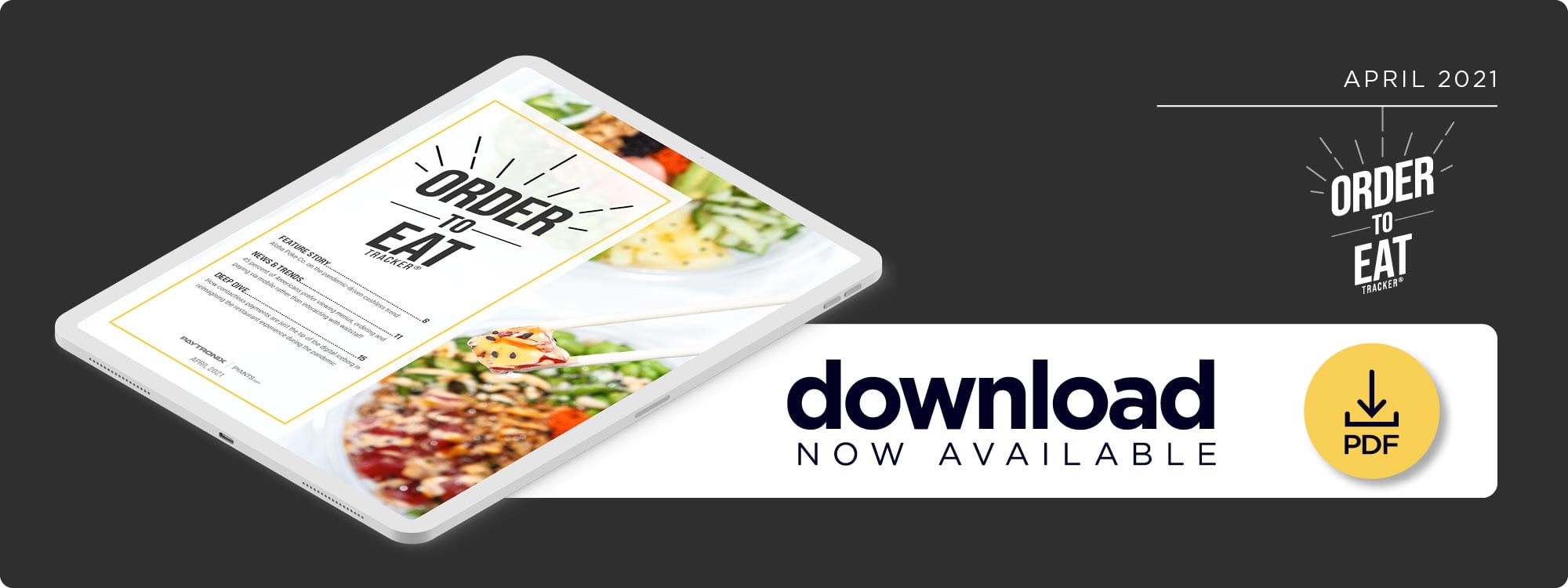Aloha Poke Makes Contactless Payments Key To Customer Satisfaction
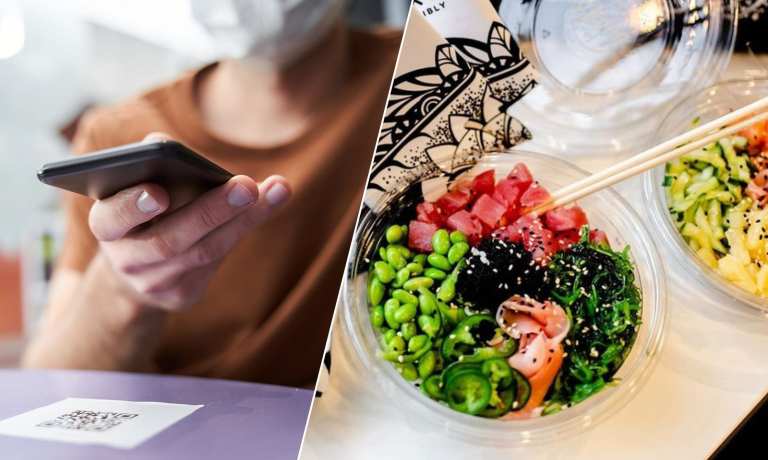
As vaccine distribution rolls out across the United States and the weather warms, the anticipation of restaurant industry recovery continues to grow as outdoor dining returns and indoor dining mandates relax.
Yet consumers’ ordering and payment habits have changed significantly over the last year, and many have grown to make takeout and delivery permanent habits they may not so easily give up. Consumers are reducing cash use in favor of contactless tools for safety and convenience, and restaurant operators are taking note. One study showed that 68 percent of operators believe they will spend at least “somewhat” more on technology within the next few years.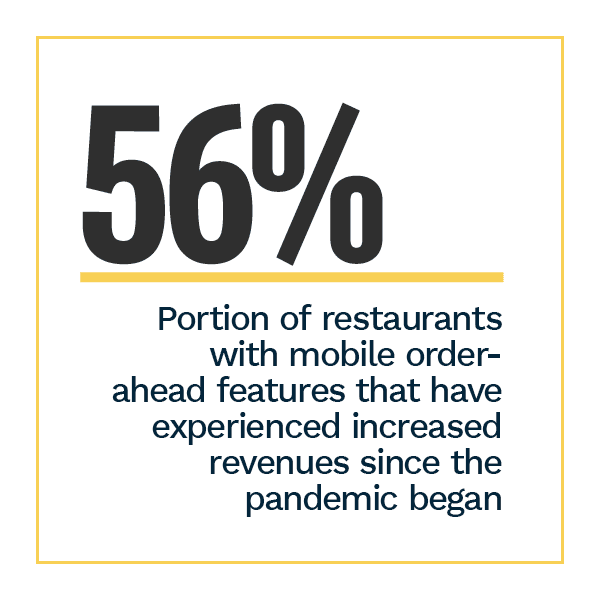
In the April Order To Eat Tracker®, PYMNTS explores how the pandemic is upending consumers’ long-standing payment habits and why earning long-term consumer loyalty today requires investing in innovative contactless offerings and digital ordering options.
Around the Order to Eat Landscape
As restaurants fight for longevity during a turbulent time for the industry, investments in technology should be top priority — but not just in the expected consumer-facing digital ordering and payments technologies one would expect. A study found that 91 percent of restaurants have made or intend to make investments in automated kitchen technologies this year to streamline order fulfillment, for example. As takeout and delivery has increased, restaurants are placing greater emphasis on improving their back-end operations to keep up with order volumes.
Contactless and mobile-first tools are proving to be necessities rather than nice-to-have options. Fast food giants such as Domino’s, KFC and Pizza Hut saw record growth in digital sales in the second quarter of 2020, for example, with fast casual chain Chipotle experiencing 216 percent year-over-year digital sales that comprised 61 percent of the chain’s total sales. QR codes, virtual chatbots voice-ordering kiosks and personalized loyalty programs have given companies the boost they needed to make it through the year despite economic tumult.
Quick-servic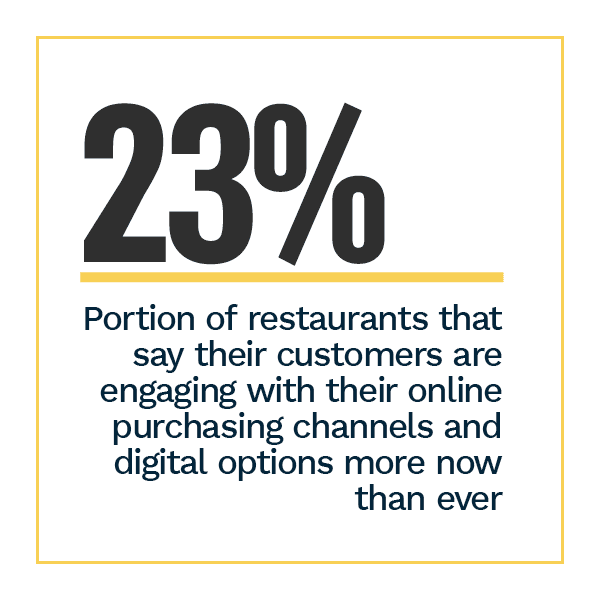 e restaurant (QSR) Sonic is one such chain that is leveraging technology to help support its staff while answering a common customer request. The company recently announced that the Sonic branded mobile app will now include a feature that makes it easy to send tips to carhops with digital payments instead of tipping with cash at about 1,000 of its 3,500 locations. Recent digital efforts such as this appear to be paying off, with data indicating that Sonic has been a top QSR brand among customers in 14 states during the pandemic.
e restaurant (QSR) Sonic is one such chain that is leveraging technology to help support its staff while answering a common customer request. The company recently announced that the Sonic branded mobile app will now include a feature that makes it easy to send tips to carhops with digital payments instead of tipping with cash at about 1,000 of its 3,500 locations. Recent digital efforts such as this appear to be paying off, with data indicating that Sonic has been a top QSR brand among customers in 14 states during the pandemic.
Read more about these stories and other order to eat headlines in the Tracker.
Aloha Poke Co. on the Decreased Use of Cash During the Pandemic
Many consumers have taken to contactless payments and delivery during the pandemic to savor the flavor of their favorite dishes from the safety and comfort of their homes. This has also led many to dramatically reduce their cash use and instead lean on emerging payment tools like tap-and-go cards or online payment methods.
In this month’s Feature Story, Chris Birkinshaw, CEO of poke bowl chain Aloha Poke Co., spoke to PYMNTS about consumers’ changing payment preferences in the QSR sector and the chain’s plans to roll out a branded mobile app in the future.
Read more about the story in the Tracker.
Deep Dive: Why Contactless Is Key to Winning Today’s Restaura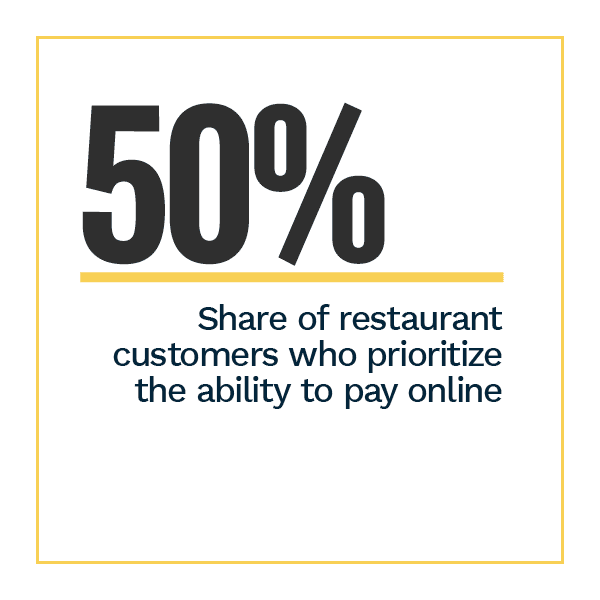 nt Customers
nt Customers
Restaurant customers’ payment habits have shifted digital during the pandemic as they keep safety and cleanliness in mind, and many are no longer willing to handle cash when paying for their meals. Research shows that contactless payments in particular are finding favor with consumers, with 82 percent of them saying that these methods represent the cleanest way to pay.
The Deep Dive examines how contactless payments are becoming a necessity for QSRs as they work to stand out from competitors and how investments in other digital tools can help them earn and keep customers’ loyalty.
Read more about the Deep Dive in the Tracker.
About the Tracker
The Order To Eat Tracker®, a PYMNTS and Paytronix collaboration, is a monthly report that examines the restaurant sector.
